US-based World Monuments Fund is working closely with the Archaelogical Survey of India to revive the home of revered Sufi saint Sheikh Salim Chishti. Located near Fatehpur Sikri in Uttar Pradesh, this restoration spells good news from historical and tourism perspectives.
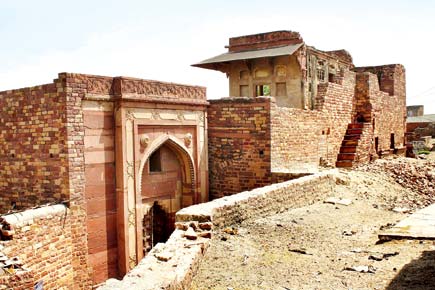
Why restore the home of Salim Chishti?
It was nominated to the 2014 World Monuments Watch to draw attention to the conservation needs of this revered centre of Sufi worship. 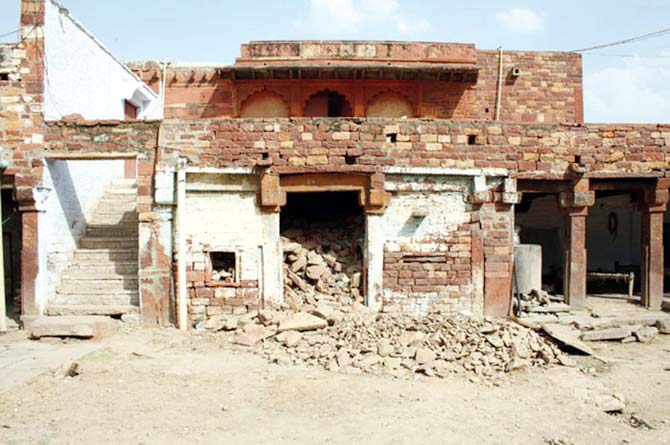
Damaged and vulnerable parts of the living quarter building that had collapsed
While Fatehpur Sikri was on the UNESCO World Heritage list since 1986 and is heavily visited, this sacred, more private space lacked resources to attend to heritage conservation concerns.
The expert panel reviewing the 2014 Watch nominations felt it deserved attention and hoped that the Watch would bring the expertise and funding for it.
ADVERTISEMENT
Tourism matters
Fatehpur Sikri will remain an important destination for tourists. As the conservation programme at Salim Chishti advances, there will be increased interest in this important centre of Sufi history and religious observance. 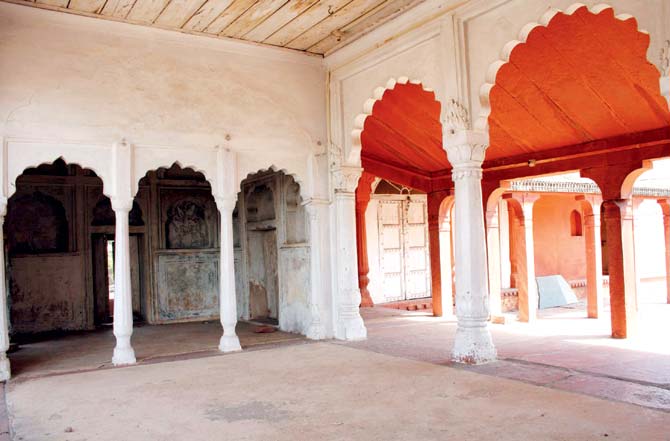
Interior of the Kacheri
Many people make a special pilgrimage to the site and its improved condition may make it possible to provide more information to visitors about the importance of the site.
The extent to which it becomes more accessible will have to be determined at a future date. Certainly, the Watch nomination and the current work provide an opportunity to review possible ways to offer greater details to the visitors and pilgrims on the history of the site and its importance.
Bring in the local
The stewards of the house and the ASI are partners in the endeavour and the nomination to the World Monuments Watch, which resulted from local concern in India that the site was in dire need of conservation attention. 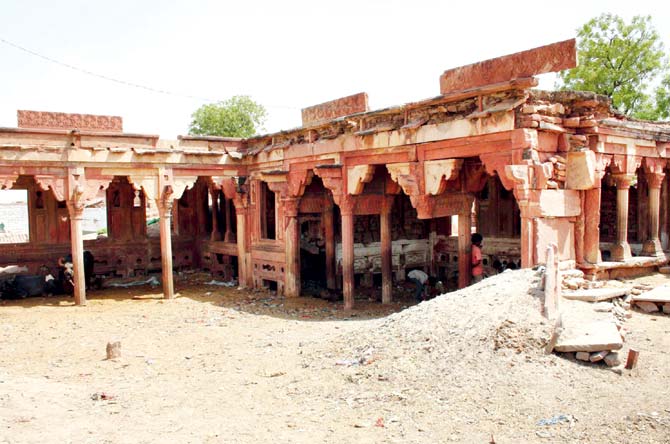
Mor Khana
One of the strengths of the nomination was that there was clear local interest in seeing improvement to the safeguarding of this important cultural site.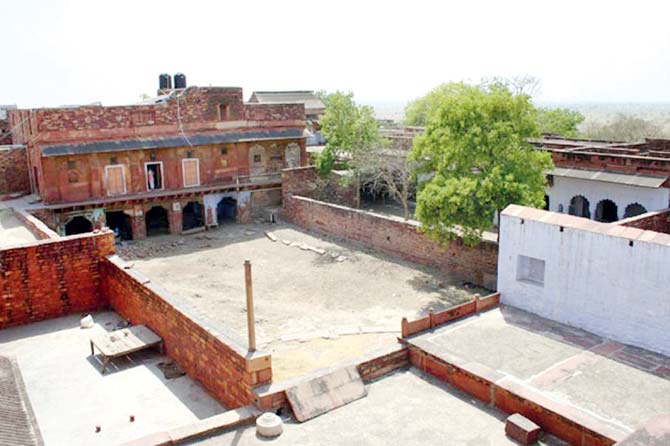
View of the living quarters (Khanqah) - while looking from the entrance gateway
The Challenges
1) The biggest challenge was to assure all the interested parties that the work would be carried out with no disruptions to access and use of the site. As India has qualified professionals to carry out such work, it was easy to find heritage architects and conservators.
2) WMF secured funding and made it possible to enter into an agreement with the ASI to carry out research, condition surveys, and implement conservation measures. The goal is to develop strong relationships with site partners and donors so projects can be implemented successfully. So at times, slower processes assures that everyone understands the nature of the executable work.
Information Courtesy: Lisa Ackerman, executive vice president of World Monuments Fund
Shaikh Salim Chishti
(1478-1572): He was one of the revered Sufi saints of the Mughal period in India. Emperor Akbar, who ruled the Mughal Empire from 1571 to 1585, believed the saint's powers were so great that he built an imperial palace complex next to the saint's khanqah, and relocated his court and courtiers to Fatehpur Sikri.
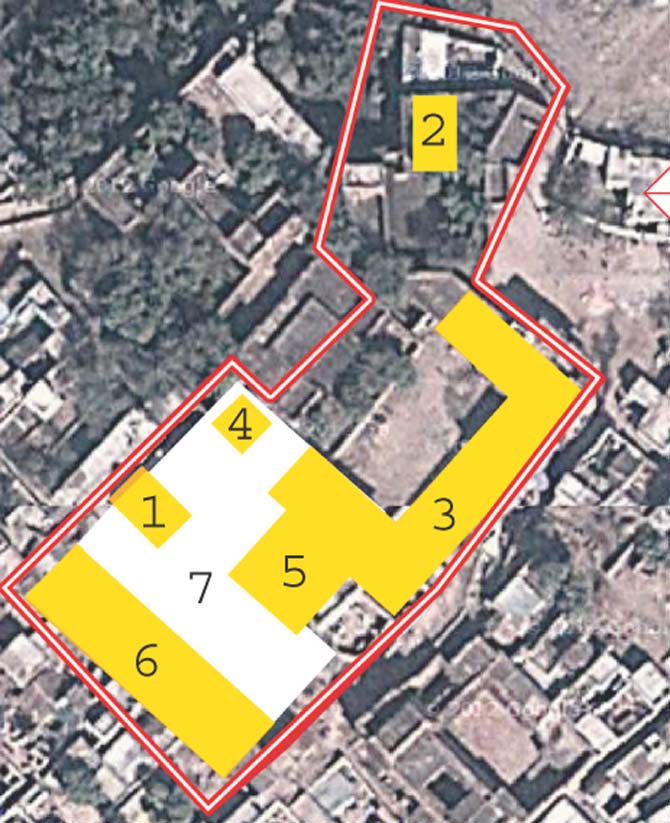
Inside the complex
1) Prayer Hall
2) Sangtarash Mosque
3) Living Quarters (Khanqah)
4) Ladies Chamber-Ruins
5) Nashisht Gah
6) Murakh Khana
7) Collapsed Building
 Subscribe today by clicking the link and stay updated with the latest news!" Click here!
Subscribe today by clicking the link and stay updated with the latest news!" Click here!






